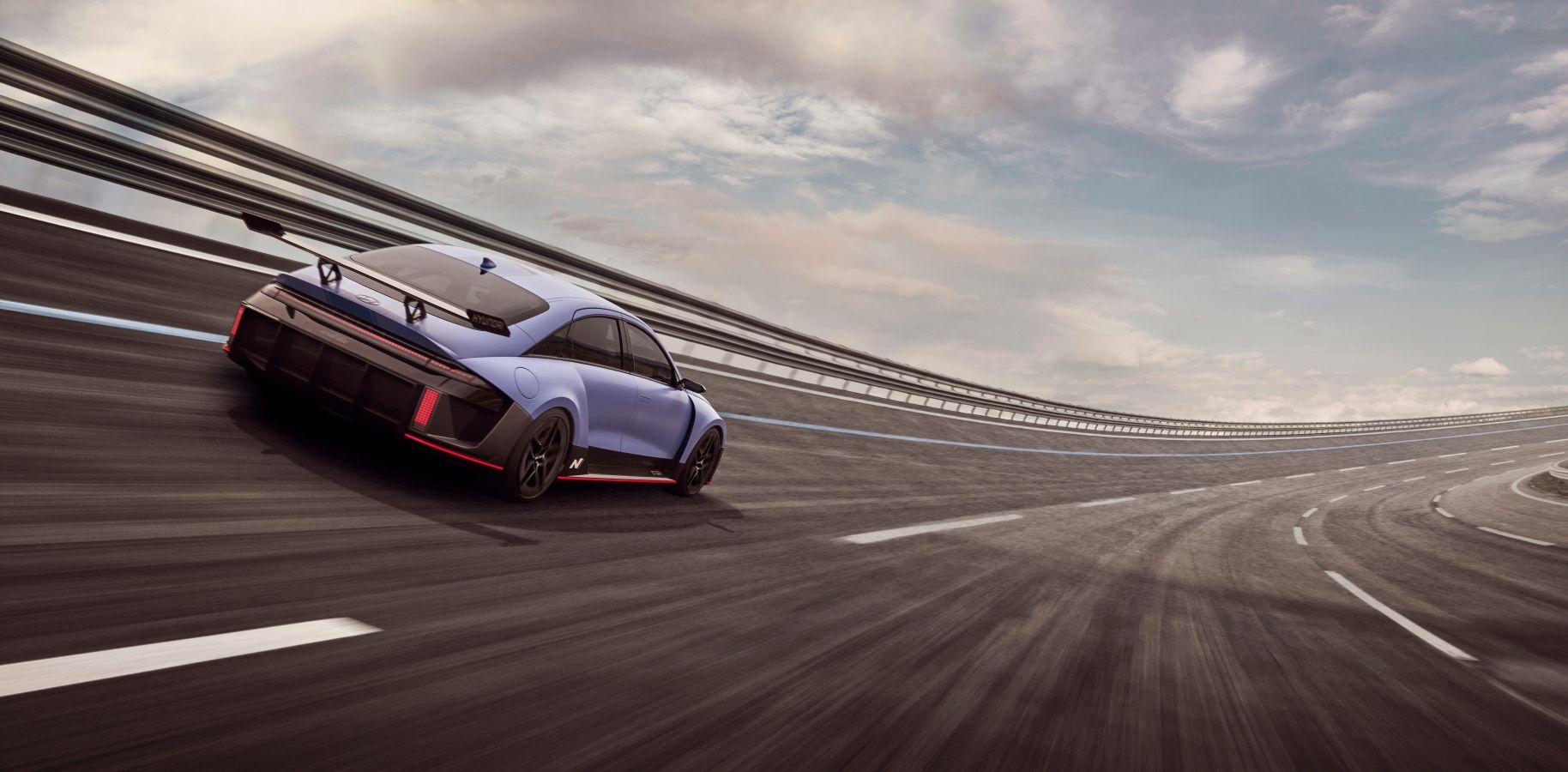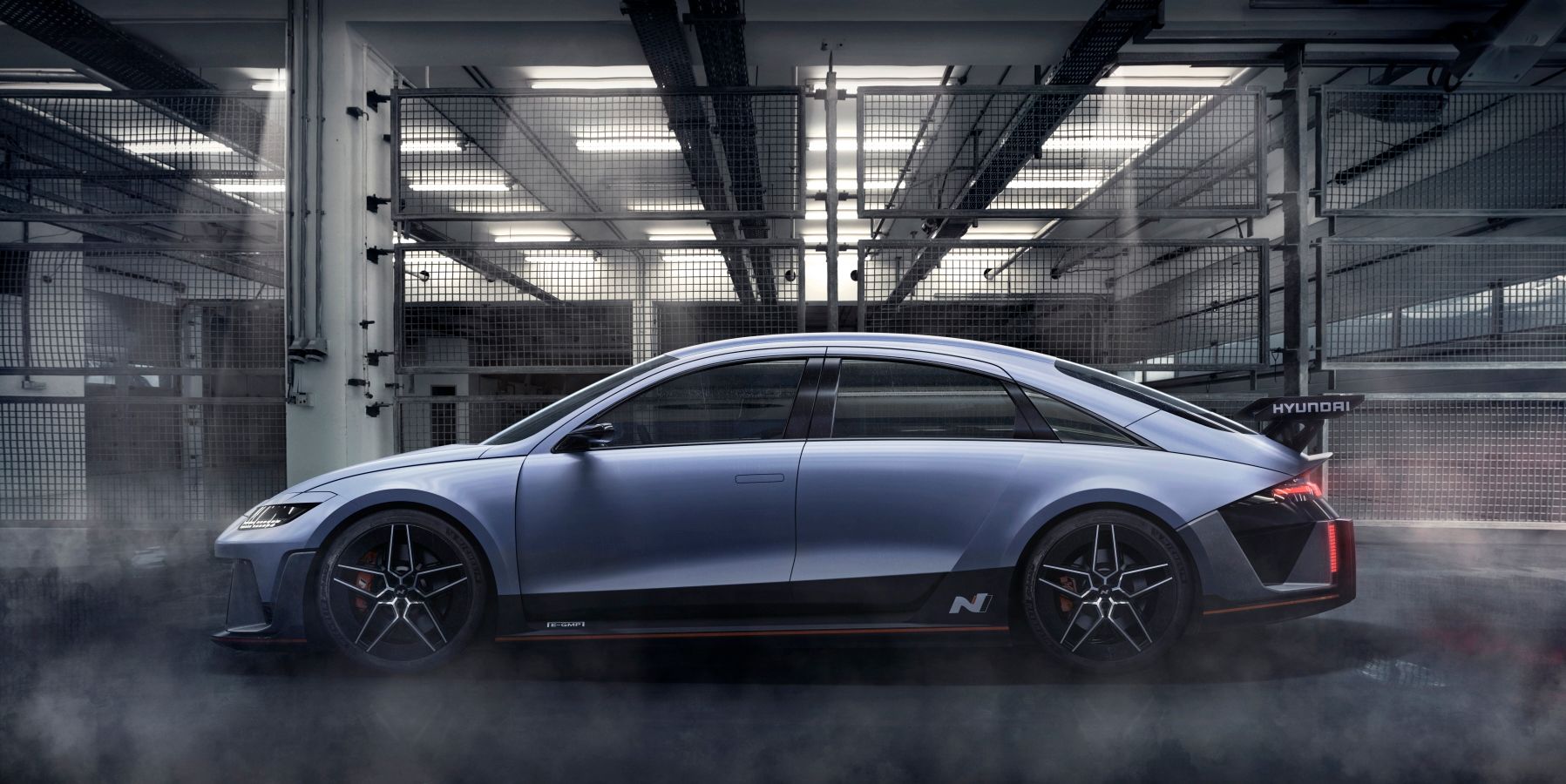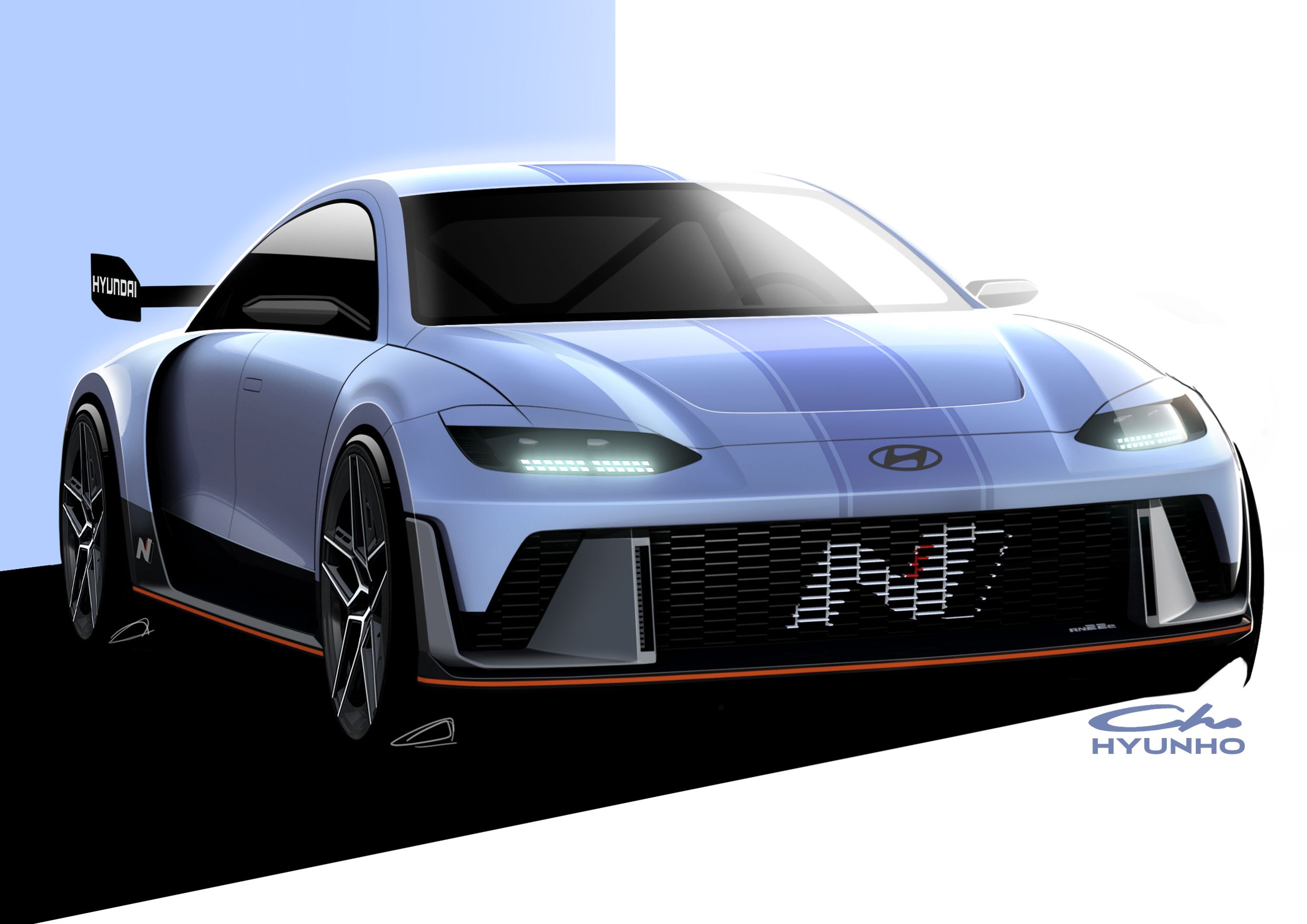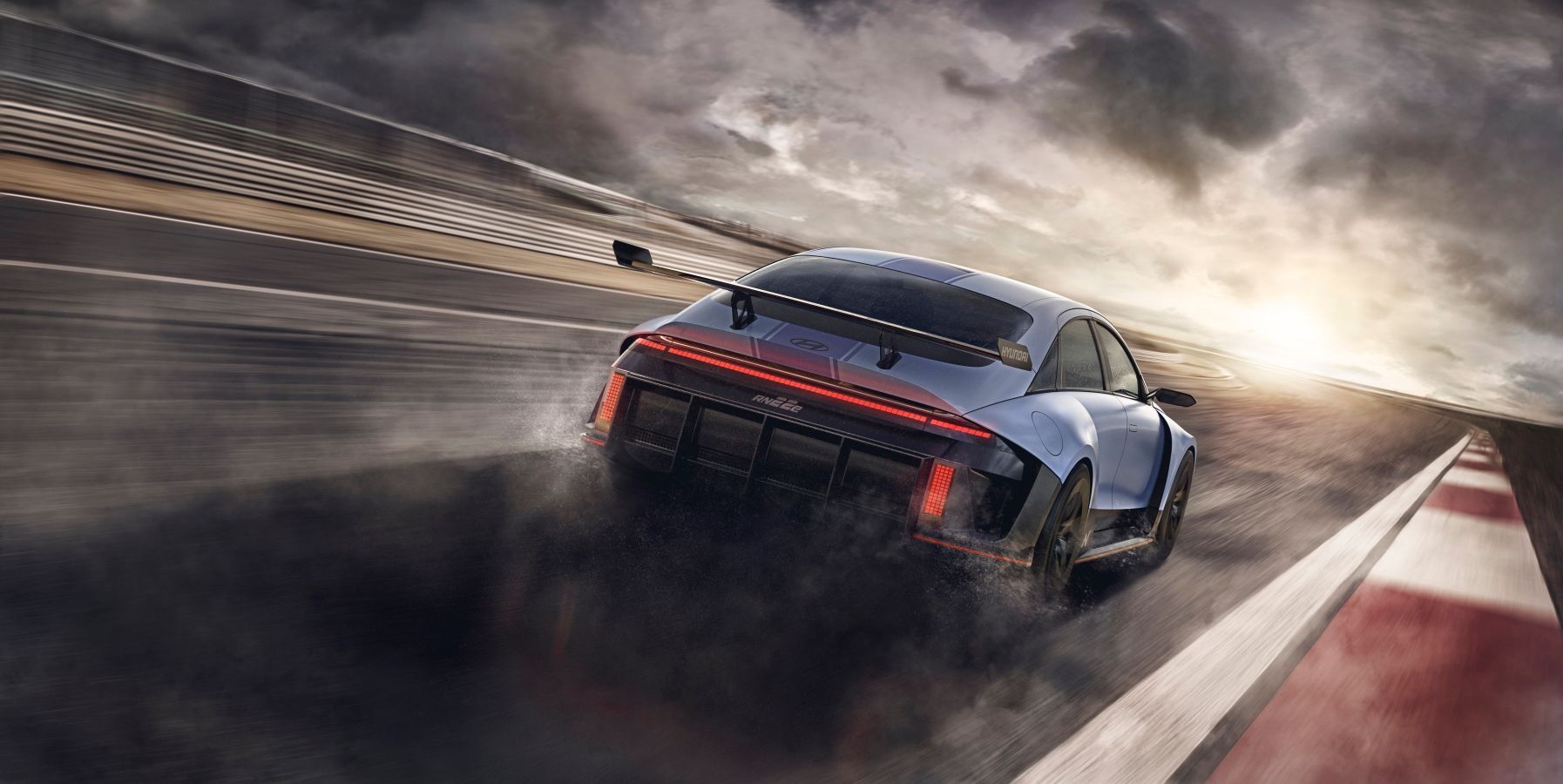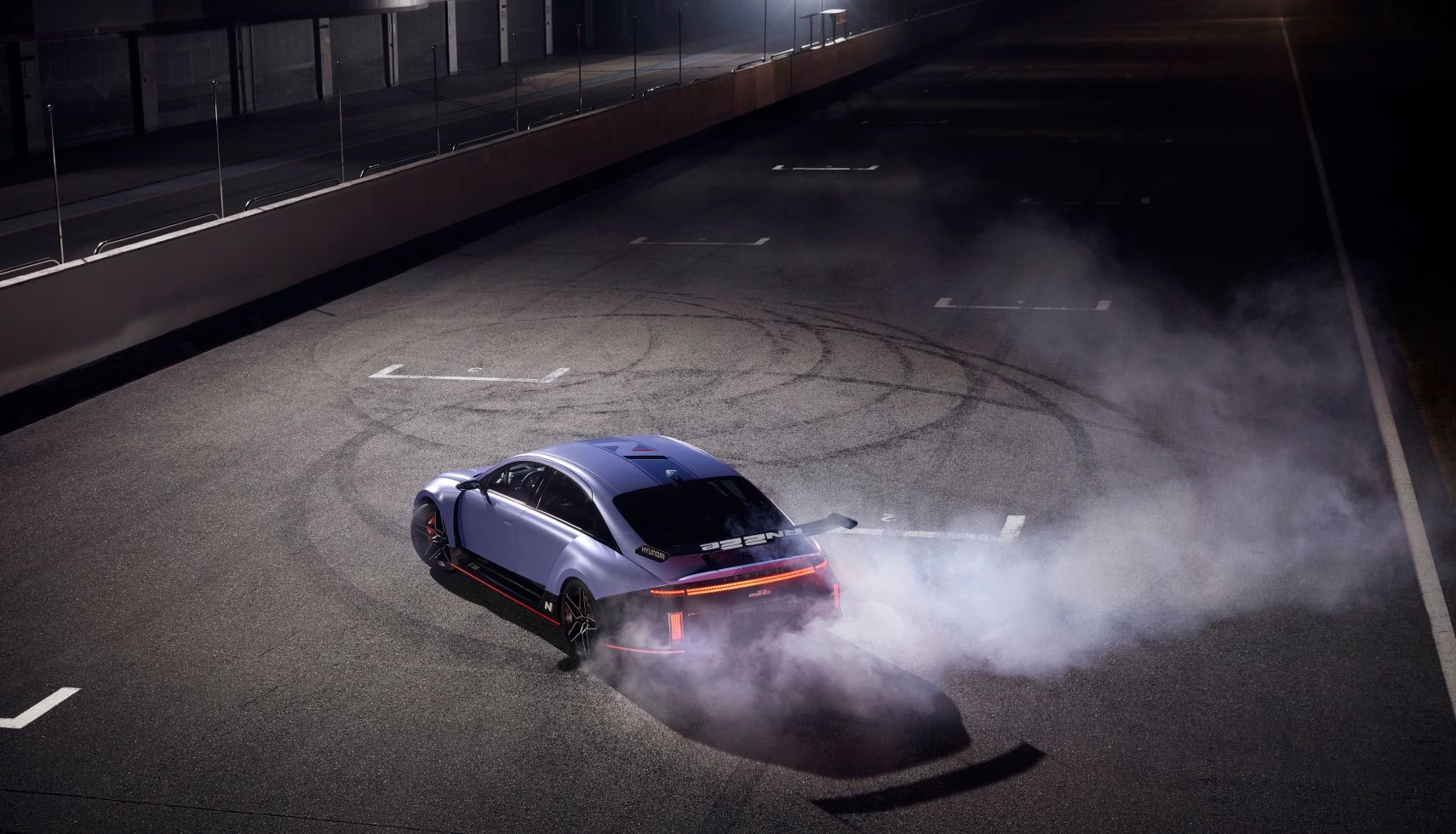The Latest EVs from Hyundai Are Fast-Charging Champs
• In our charging test, the Hyundai Ioniq 5 matched their claimed charging rates of 10 to 80 percent in 18 minutes, while the Genesis Electrified G80 also equaled its advertised time of 10 to 80 percent in 22 minutes.
• With average charging rates between 117 kW and 135 kW over the entirety of our test from 10 to 90 percent, the Korean EVs are among the fastest-charging sub-$100K electrics.
• The time required to add 100 miles of real-world highway range was 11 minutes for the Ioniq 5, EV6, and GV60, while the G80 needed an extra minute to meet the mark.
Automakers often make lofty claims for their products, ranging from acceleration times to fuel efficiency, driving range, and a more recent metric, charging rate. For decades, we’ve tested these kinds of assertions for ourselves, and in 2021 began testing fast-charging capabilities of new EVs. For those of us more familiar with pumping liquid fuels than visiting a charging station–which is pretty much all of us–the metrics to judge these vehicles by can be complicated. For our test, we charge every EV on the highest speed equipment it can handle from a 10 percent to 90 percent state of charge. In our testing, the Hyundai Ioniq 5 and both the Genesis GV60 and Electrified G80 exactly matched their charging estimates, placing them among the fastest charging EVs at any price.
There are a few different metrics that we look at when talking about how quickly an EV can replenish its battery. There’s the peak charging rate, although more relevant is the average rate over the entire 10 to 90 percent charge, as the rate falls off considerably at higher states of charge. Also, we consider how long it takes to add miles of real-world highway range, based on the range testing we do at 75 mph. Not surprisingly, the Ioniq 5, EV6, and GV60—which are all underpinned by the same E-GMP platform—share near identical peak rates of 230–231 kW. The G80 lags behind slightly with a 180-kW maximum, however it is ahead of the pack with an average rate of 135 kW over its 32 minute stint at an Electrify America charging station. The E-GMP siblings also had exceptional showings, returning 117–118kW averages in 33 minutes of total charging time.
Charging Time as Advertised
Hyundai and Genesis share claimed charging figures for their respective E-GMP variants: 10–80 percent in 18 minutes. In our testing, all three iterations exactly matched that claim. The G80 also met Genesis’ prospective charging speed, sliding the battery gauge from 10 to 80 percent in just 22 minutes. To put a slight damper on things, these are relatively small battery packs at 77.4 kWh and 87.2 kWh respectively (for comparison’s sake the larger of the two packs on the Ford F-150 Lightning is 131.0 kWh, which is 69-percent and 50-percent larger, respectively), meaning they’re not taking in massive amounts of juice, but what they are receiving comes quickly.
To make these statistics more user-friendly in the real world, we took to our TI-85 calculator and calculated the time required for each of these EVs to add 100 miles of range. Using our highway range results as an indicator, we found the Ioniq 5, EV6, and GV60 to need a minuscule 11 minutes to add enough juice for 100 miles of driving when plugged in at a 10-percent state of charge, while the second hand needed only one more trip around the dial for the G80 to finish the job. In this metric, only the Lucid Air and Porsche Taycan CrossTurismo from this year’s EV of the Year field were quicker.
Only one EV has matched the Electrified G80’s average charging rate of 135 kW, the Lucid Air, and the Mercedes-Benz EQS580 sits alone atop the leaderboard, a single tick higher at 136 kW. Resting between the G80 and the E-GMP group are only two others, a 2020 Porsche Taycan 4S (127 kW), and 2021 Tesla Model S Plaid (125 kW). But that doesn’t tell the whole story, so let’s talk price. We don’t have official pricing for the G80 as of this writing, however we expect it to start right around $80,000. Our Ioniq 5 Limited and EV6 Wind were well optioned all-wheel-drive models, with price tags of $57,490 and $54,190 respectively, and our GV60 Performance rang in at $69,560. The Lucid Air Grand Touring now requires at least a $155,650 check for purchase, the cheapest EQS crests six-figures at $103,360, tack on another $28k for a base Model S Plaid, and a base Taycan starts at $84,050, making it the only competitor-in-charging to the newcomers under $100k.
The smallest differential between the Koreans and the competition is $4050 between the Taycan and G80 (assuming our G80 price estimate is dead on), and the largest difference, a whopping–drumroll, please–$101,460, is between our EV6 test car and a base Lucid Air Grand Touring. All of this is to say that cost doesn’t directly correlate to performance. And when it comes to charging the newest generation of Hyundai, and Genesis EVs, that couldn’t be more true.
Source: Car and Driver

